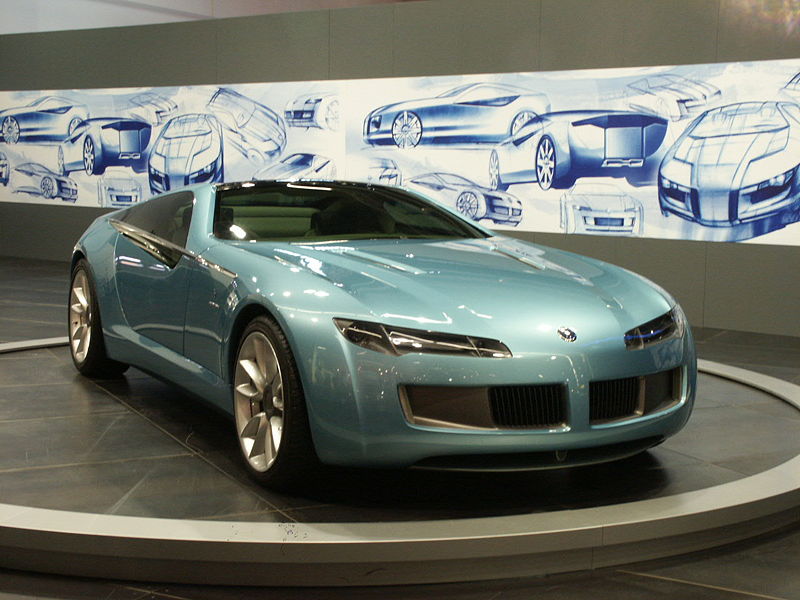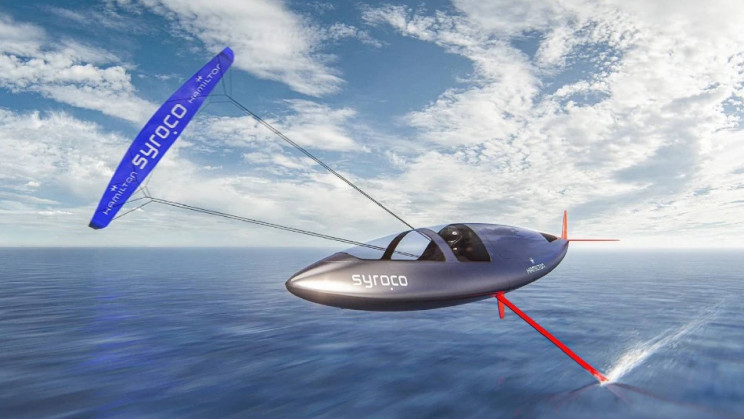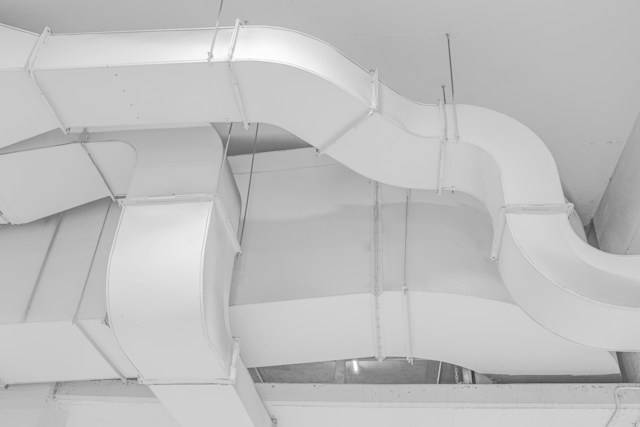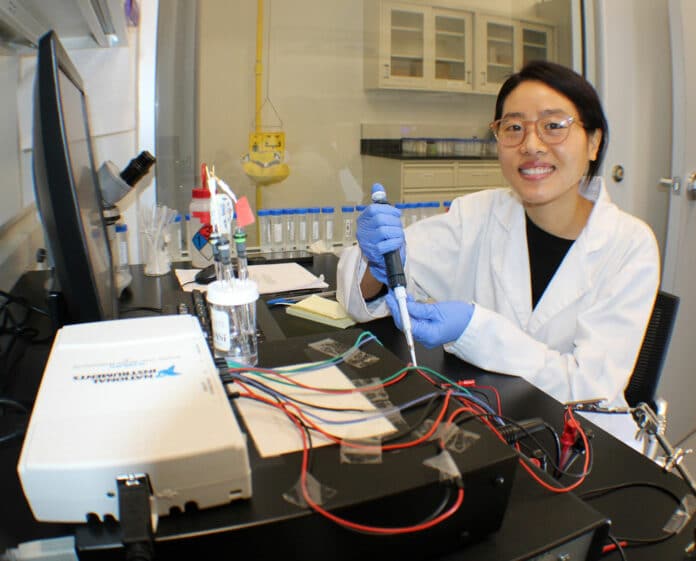Designing Cars Like a Pro is Changing
Due to huge changes occurring in the automotive industry, especially the imminent availability of driverless cars, opportunities for automotive designers have never been better or more challenging. Imagine an automotive engineer and designer who has always assumed automobiles would always be driven by humans. Suddenly, new driverless designs are necessary while making the interior hospitable and comfortable to passengers is more important than ever.
This is not to say that there haven’t been huge developments in automotive design and ergonomics over the past two decades. Automobile manufacturers have reached new levels and higher standards of driver-vehicle interaction. Truly, the experience of driving a vehicle over its lifecycle has changed significantly. Today’s vehicles are beginning to interact with other vehicles on the road as well as roads, infrastructure, and facilities.
Advances in automotive technology have benefited from decades of research and development that has led to new theories and practices including human-machine interaction, advanced driver assistance technology, and the use of human modeling and simulation for automotive software applications.
Today’s automobiles now have:
- advanced powertrain technologies
- technology to track driver distraction and workload
- monitoring of physical environments with sensors
- electric vehicle technology
- active and automated safety systems
- new navigation systems and support
- a focus on health and safety of driving including vibration noise monitoring
Due to the imminent arrival of self-driving cars to millions of people, there is no data yet about the experience of using self-driving cars. This will require automobile manufacturers to quickly react to problems and opportunities by improving functionality, craftsmanship, comfort, convenience, and safety.
The following video, “Taking Ride in an Uber Driverless Car in Pittsburgh,” is a peek into the near future:







